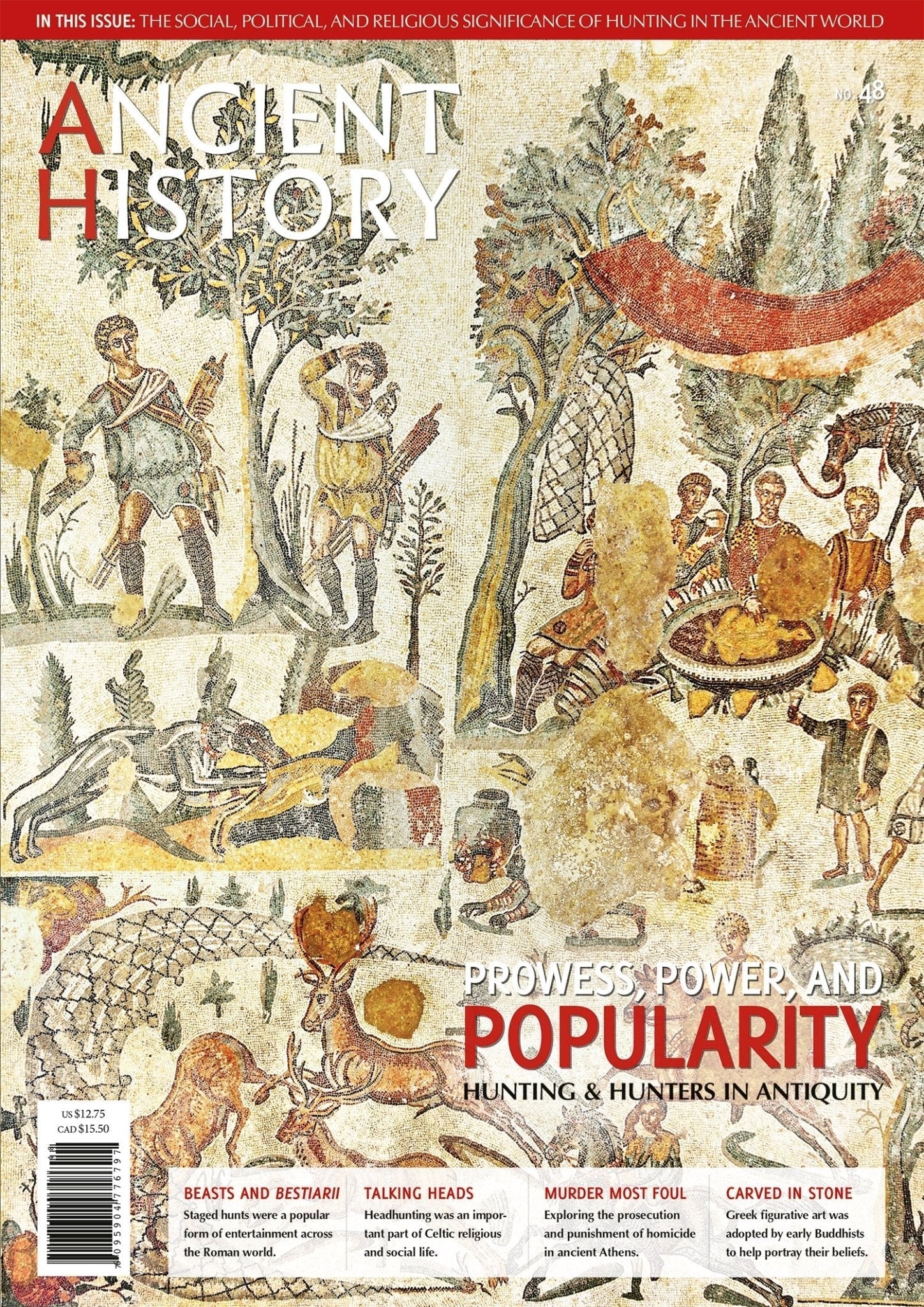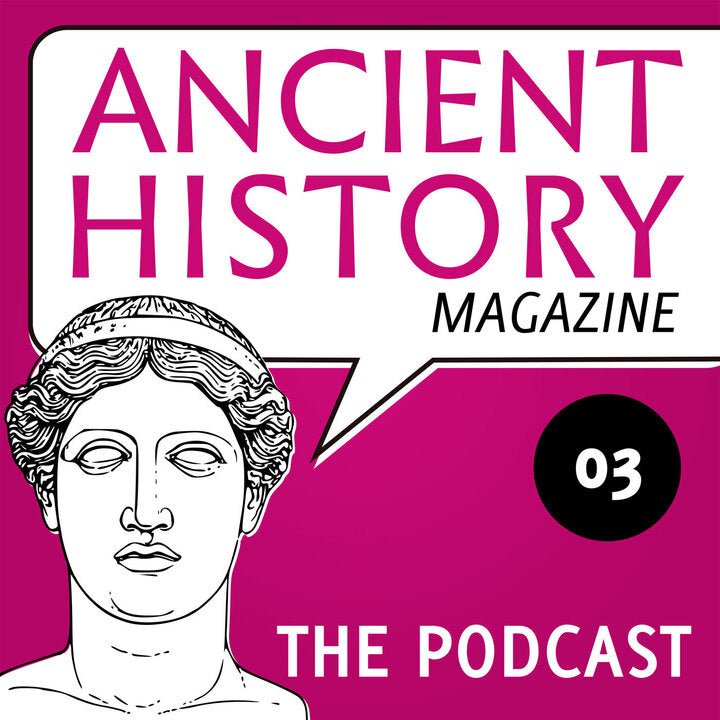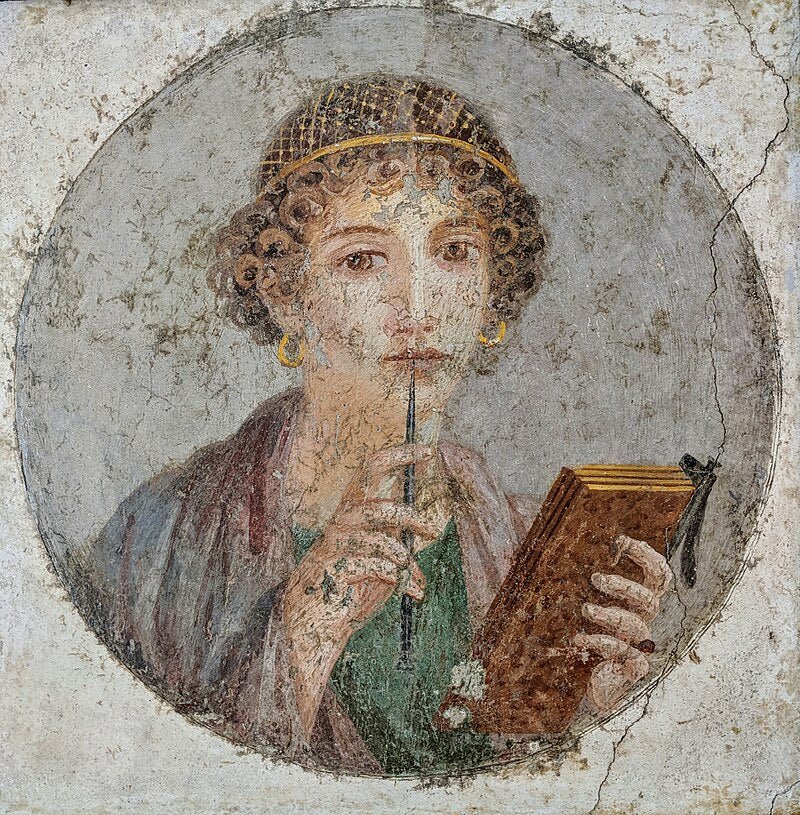Philetaerus

Pergamon was a small town on a steep hill, dominating a fertile plain. It was the perfect place to keep a treasure: the hill was easy to defend, the plain offered sufficient opportunities to feed the garrison. So in 301 one of Alexander’s successors, Lysimachus, decided to store his money in Pergamon. The commander of the city, a man named Philetaerus, promised to take care of it.
Except that he didn’t. Somewhere in the 280s, after he had improved the fortifications, he decided to leave his master and collaborate with Seleucus, the “king of Asia”, who claimed (with some justification) to be Alexander’s true successor. We don’t know exactly why Philetaerus changed his mind: our sources state that he got involved in a conflict within Lysimachus’ family, but that may well be propaganda.
Anyhow, Lysimachus (eighty years old) took measures against his rebel treasurer. Seleucus (no spring chicken himself at seventy-seven) came to Philetaerus’ assistance. From a recently published cuneiform tablet, we learn that he mustered his army in Babylon in the mid-Summer of 282. Another tablet, recently re-edited, helps us establish the date of the final clash: February 281.There is no account of the course of the battle of Corupedium, but the outcome was clear: by the end of the day, Lysimachus was defeated and dead.
Seleucus was about to reunite Alexander’s kingdom: after the death of Lysimachus, he could proceed to Europe. However, he was assassinated by a man named Ptolemy Keraunos, and after that, all hell broke loose. Seeing that normal political life had collapsed, groups of Celtic warriors moved from the lands of the Lower Danube to the south, looting everything they saw, including the sanctuary at Delphi.
Philetaerus of Pergamon, however, kept a cool head. He negotiated with Ptolemy Keraunos and received Seleucus’ body. He sent it to Antiochus, the son of Seleucus, who could now give his father a decent funeral. The new Seleucid king felt seriously indebted to the man in Pergamon, and allowed him a considerable freedom, which Philetaerus used to embark on a foreign policy of his own.
Philetaerus died in 263, leaving a Pergamon that was no longer a modest town, but a real city.
***
There will be more about Pergamon in the third issue of Ancient History Magazine. Proposals for contributions are still welcome.




